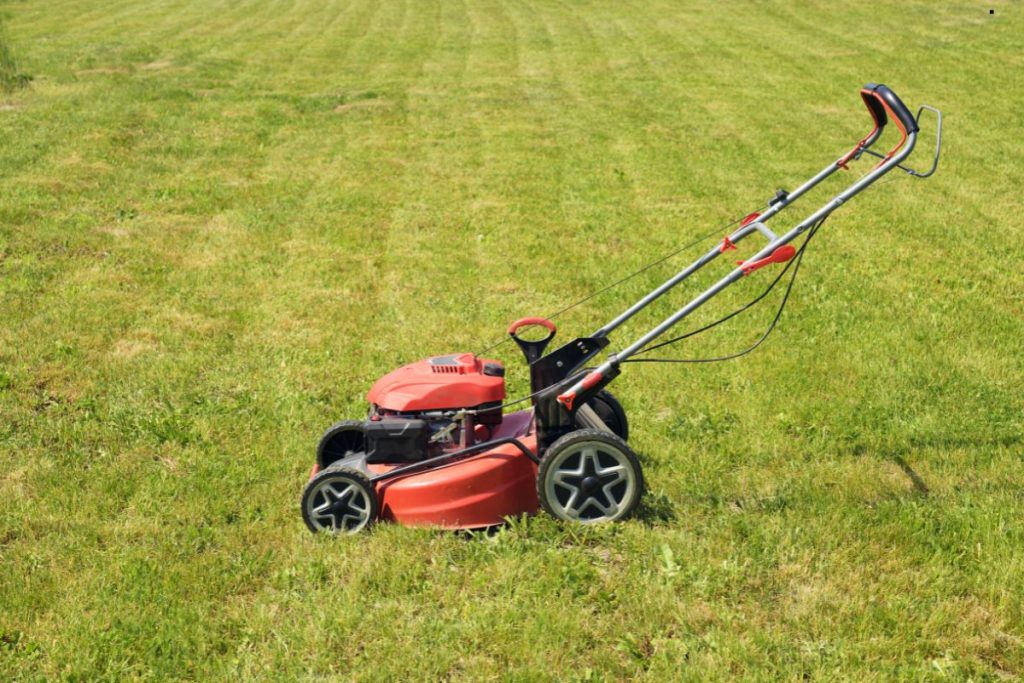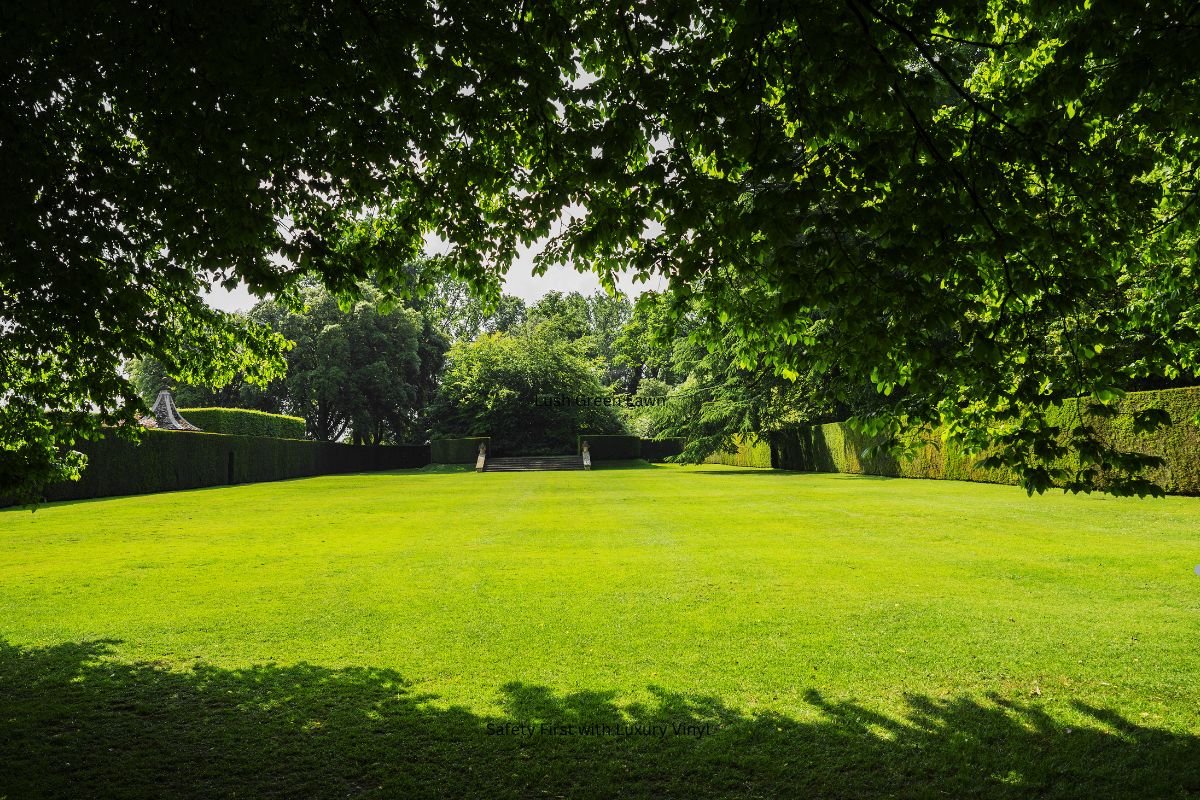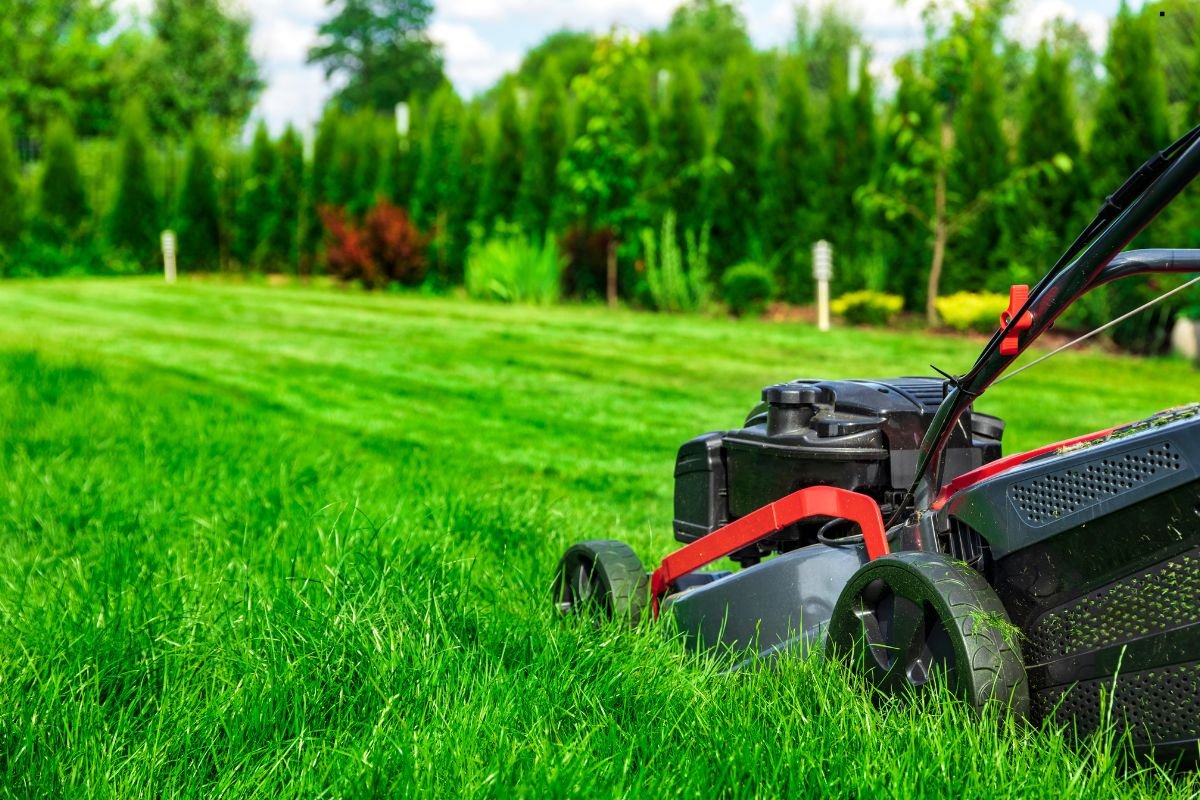
Do you want a vibrant, green lawn that’s the envy of the neighborhood in Riverside? Choosing the right fertilizer is key! This article will guide you through understanding fertilizer labels, identifying your lawn’s specific needs, selecting the best type for your grass, and applying it effectively. Keep reading to discover the secrets to a thriving Riverside lawn, or if you’d rather leave it to the pros, [Call Us] now for a free consultation!
Understanding Lawn Fertilizer Basics

Fertilizer isn’t just a magical potion; it’s a carefully balanced blend of essential nutrients that grass needs to flourish. The three main nutrients are Nitrogen (N), Phosphorus (P), and Potassium (K), often represented as an N-P-K ratio on fertilizer packaging (e.g., 16-4-8).
- Nitrogen (N): Promotes lush, green growth and vibrant color. Think of it as the fuel for leaf production.
- Phosphorus (P): Encourages strong root development, especially important for new lawns or during establishment.
- Potassium (K): Enhances overall plant health, disease resistance, and tolerance to stress (like drought or heat).
Decoding the Fertilizer Label
The fertilizer label is your roadmap to understanding what you’re putting on your lawn. The most prominent feature is the N-P-K ratio, but there’s more to it than just those three numbers. For example, a fertilizer labeled 20-5-10 contains 20% Nitrogen, 5% Phosphorus, and 10% Potassium by weight. The remaining percentage consists of filler materials that help distribute the nutrients evenly. For personalized guidance on choosing the right fertilizer for your lawn, call us today!
Understanding Fertilizer Ratios
Different ratios cater to specific needs. A fertilizer with a high nitrogen content is excellent for promoting green growth, while a fertilizer with a higher phosphorus content is beneficial for new lawns or those with root development issues. Potassium helps improve overall lawn health. For more information on how to best care for your lawn, visit our Lawn Care Services.
Identifying Your Lawn’s Needs
Before you grab the first bag of fertilizer you see, take a step back and assess your lawn’s specific needs. A little detective work can save you time, money, and potential headaches.
Conduct a Soil Test
A soil test is the most accurate way to determine what your soil is lacking. You can purchase a DIY soil test kit at most garden centers or send a sample to a professional lab. The results will reveal the pH level of your soil, as well as any nutrient deficiencies or imbalances. Riverside soil often has unique characteristics, so a test can be particularly helpful. For more insights, check out our previous blog for additional lawn care tips and solutions.
Observe Your Lawn’s Appearance
Is your grass pale or yellowing? This could indicate a nitrogen deficiency. Are there bare patches or slow growth? This could point to a phosphorus issue. By carefully observing your lawn, you can get clues about what it needs. For expert advice on diagnosing and treating your lawn’s problems, call us today!
Types of Lawn Fertilizers
Once you know what your lawn needs, you can start exploring the different types of fertilizers available. The choices can seem overwhelming, but understanding the basics will help you narrow down your options.
Granular vs. Liquid Fertilizers
- Granular Fertilizers: These are typically slow-release and provide a steady supply of nutrients over a longer period. They’re easy to apply with a spreader.
- Liquid Fertilizers: These provide a quick burst of nutrients and are absorbed rapidly by the grass. They’re applied with a sprayer.
Slow-Release vs. Quick-Release Fertilizers
- Slow-Release Fertilizers: These release nutrients gradually, minimizing the risk of burning the lawn.
- Quick-Release Fertilizers: These provide a rapid dose of nutrients but can also lead to burning if overapplied.
Organic vs. Synthetic Fertilizers
- Organic Fertilizers: These are derived from natural sources, such as compost or manure. They release nutrients slowly and improve soil health over time.
- Synthetic Fertilizers: These are manufactured chemically and provide a precise blend of nutrients.
Choosing the Right Fertilizer for Your Grass Type in Riverside

Different grass types have different nutrient requirements. In Riverside, common grass types include Bermuda, St. Augustine, and Fescue.
Best Time to Fertilize Your Riverside Lawn
Timing is everything when it comes to fertilization. Fertilizing at the wrong time can be ineffective or even harmful to your lawn.
Seasonal Considerations
- Spring (Late Spring): A good time to fertilize to promote new growth after winter. Use a fertilizer with a balanced N-P-K ratio.
- Fall: Another excellent time to fertilize to help the lawn recover from summer stress and prepare for winter. Use a fertilizer with a higher potassium content.
- Summer: Avoid fertilizing during the hottest part of the summer, as it can stress the lawn.
Application Tips & Best Practices
Applying fertilizer correctly is just as important as choosing the right fertilizer. Here are some tips to ensure even coverage and avoid damaging your lawn:
- Preparing Your Lawn
- Mow your lawn a few days before fertilizing. This will help the fertilizer reach the soil more easily.
- Applying the Fertilizer Evenly
- Watering After Fertilizing
- Water your lawn thoroughly after fertilizing. This will help the fertilizer dissolve and penetrate the soil.
Common Fertilizing Mistakes to Avoid
Even with the best intentions, it’s easy to make mistakes when fertilizing your lawn. Here are a few common pitfalls to avoid:
- Over-Fertilizing
- Applying too much fertilizer can burn your lawn and harm the environment. Always follow the instructions on the fertilizer label.
- Neglecting Soil Testing
- Fertilizing without knowing what your soil needs is like throwing darts in the dark. A soil test will help you target your fertilization efforts.
- Ignoring Weather Conditions
- Avoid fertilizing before heavy rain, as it can wash away the fertilizer before it has a chance to be absorbed.
Professional Lawn Care Services in Riverside
While fertilizing your own lawn can be rewarding, it’s not for everyone. If you’re short on time or simply prefer to leave it to the experts, consider hiring a professional lawn care service.
Benefits of Hiring a Pro
- Expertise: Professionals have the knowledge and experience to properly assess your lawn’s needs and recommend the right fertilizer.
- Convenience: You can sit back and relax while someone else takes care of the work.
- Cost-Effectiveness: In the long run, hiring a pro can save you money by preventing costly mistakes.
Conclusion
Choosing the right fertilizer for your lawn is an investment in its long-term health and beauty. By understanding the basics of fertilizer, identifying your lawn’s specific needs, and following best practices for application, you can achieve a lush, green lawn that will make your neighbors envious. However, if all this sounds a bit overwhelming, don’t hesitate to reach out to a professional lawn care service in Riverside.
FAQs
How often should I fertilize my lawn in Riverside?
It depends on your grass type and the type of fertilizer you use, but generally, fertilizing in the spring and fall is recommended.
Can I use too much fertilizer?
Yes, over-fertilizing can burn your lawn and harm the environment.
What is the best fertilizer for a newly seeded lawn?
A fertilizer with a high phosphorus content is ideal for promoting root development in new lawns.
Is organic fertilizer better for my lawn?
Organic fertilizers are a great option for improving soil health, but they may not provide the same rapid results as synthetic fertilizers.
Where can I buy lawn fertilizer in Riverside?
You can find lawn fertilizer at most garden centers, home improvement stores, and online retailers in Riverside. For personalized advice and recommendations, contact us today!
